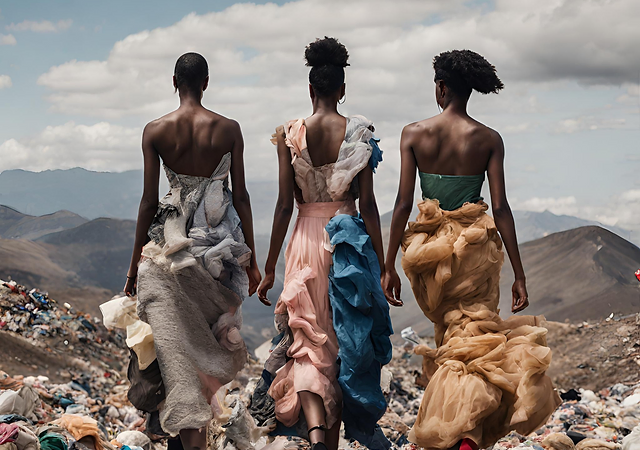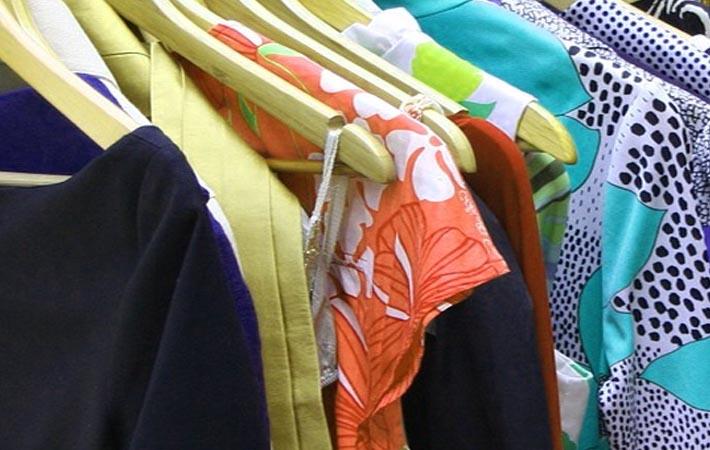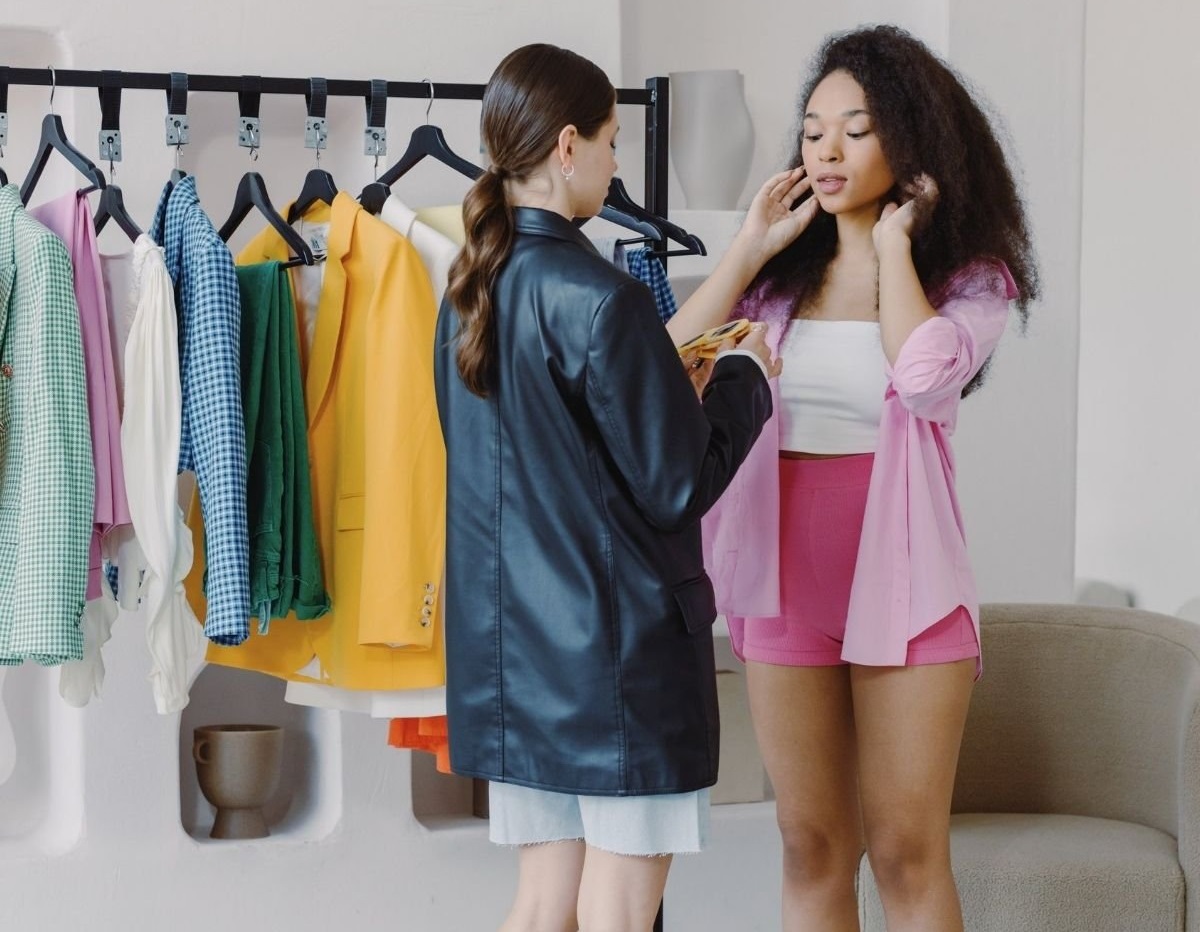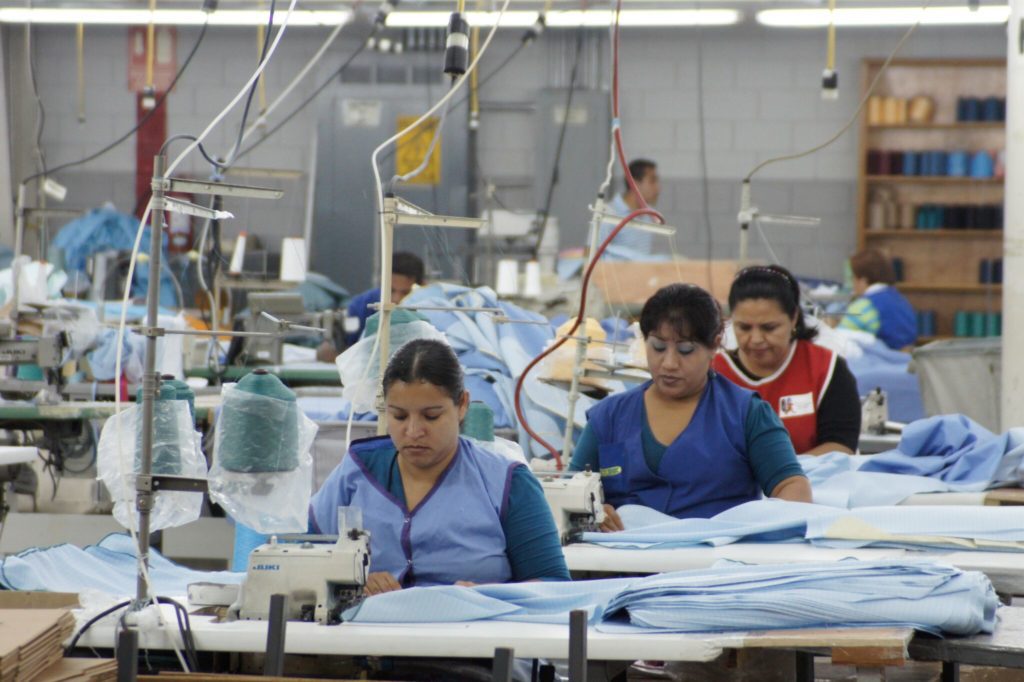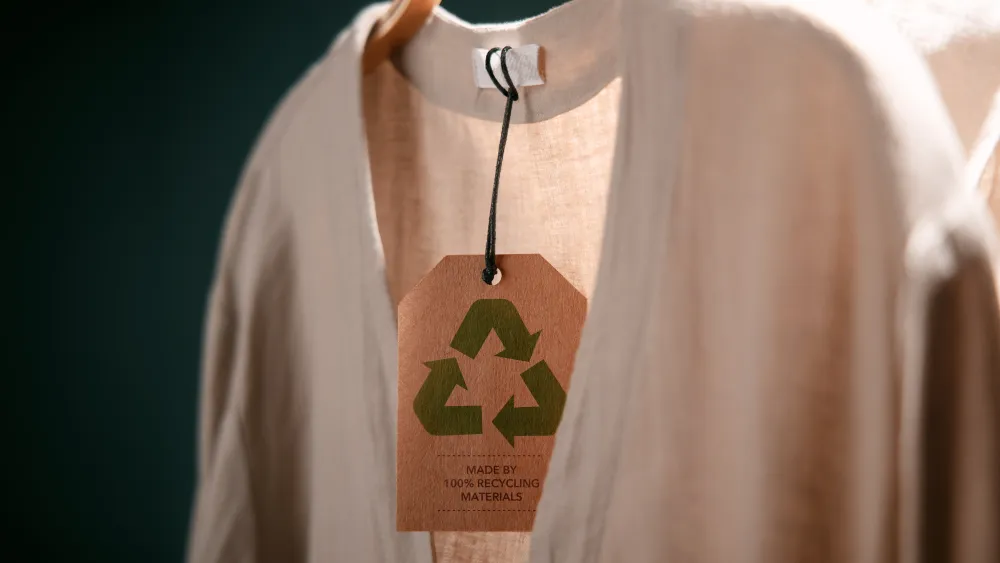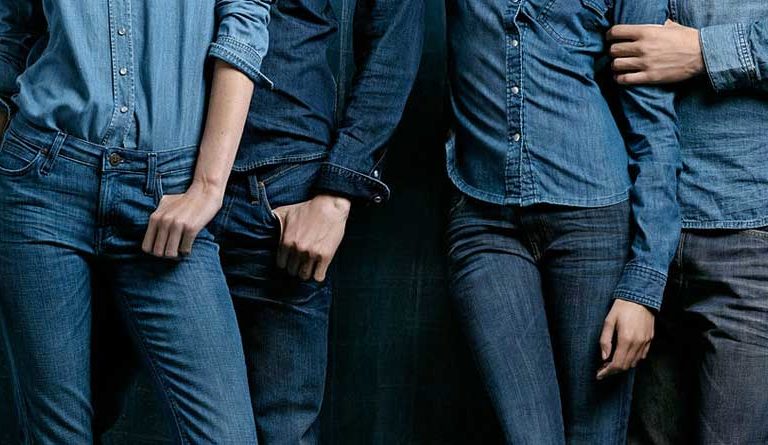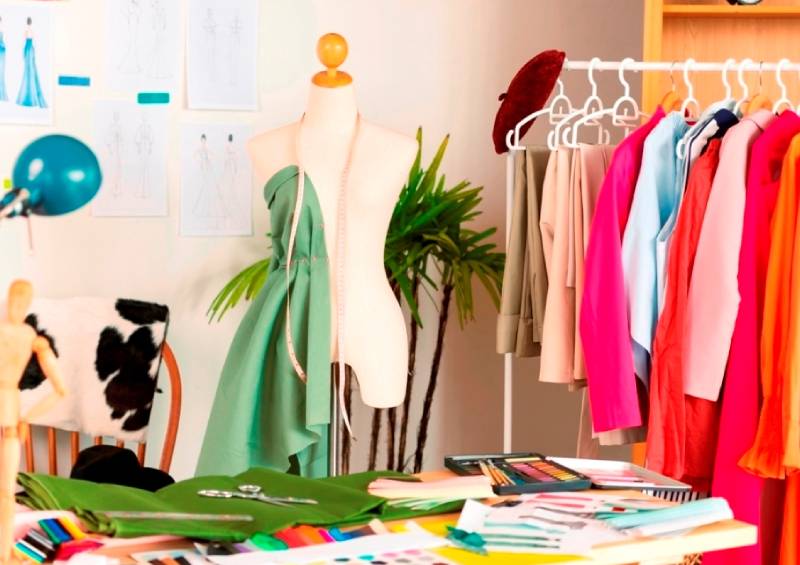FW
Experts say that the ready-made garments sector (RMG) in Bangladesh would miss the projected export earnings target of $34.20 billion for the upcoming fiscal year 2014-15. Experts opine that a 11 per cent rise in the earnings over the current fiscal year's export target of $30.50 billion is way above a logical and achievable forecast.
Keeping the impact of fire and building collapse tragedies that claimed several lives last year, about 200 factories have stopped operations owing to various reasons like political violence, failure to meet compliance requirements and ongoing factory assessment. Many more factories may be closed due to the ongoing inspection programs of the global brands and the government.
There is also a considerable drop in export orders with regular and major importing companies refusing to place orders with units located in shared or rented buildings. Meanwhile, production cost has gone up significantly following the recent wage hike of workers and additional costs to meet safety requirements. The inspection programs being carried out by Accord, Alliance and Bangladesh University of Engineering and Technology (BUET) are expected to end in December this year. A large number of factories will be relocated and the reforms would take at least another two years.
Experts feel that till all the changes and improvements take place, achieving the target for the next fiscal doesn’t look possible. Besides, they also pointed out that the incentive packages provided to export sectors are not responsive enough to overcome the impact of the Euro Zone economic crisis.
Exports of non-knitted apparels and clothing accessories from Indonesia has increased marginally by 1.78 per cent in the first four months of the current year, compared to the corresponding period of last year. In April 2014, Indonesia’s exports of non-knitted apparel and accessories showed an increase of 7.07 per cent over exports made in March 2014. Non-knitted garments and apparel accessories exports accounted for a 2.82 per cent share in Indonesia’s non-oil and gas exports during January to April 2014.
Indonesia’s cotton imports increased by 2.66 per cent year-on-year in January to April 2014 compared to imports made during the same period of last year. However, on a month-on-month basis, Indonesia’s cotton imports surged by 46.71 per cent in April 2014. In 2013, Indonesia’s textile and apparel exports increased by 1.76 per cent year-on-year with the US, Japan and Turkey being the main markets. Of this, garment exports accounted for 58.2 per cent.
For the current year, the Indonesian Textile Association has set textile and clothing export targets about 4.88 per cent higher than last year. The textile and clothing industry is a strategic sector that makes a significant contribution to Indonesia’s economy in the form of providing employment as well as earning foreign exchange. In recent years, the garment sector has become one of the highest foreign exchange earning sectors for the country.
More than 140 participants from the industry, research, European institutions and international organisations came together in Brussels recently to join the International Textile and Clothing Conference on ‘Free Trade and International Agreements’.
The 15 distinguished speakers from different countries and institutions made a valuable contribution to the discussion on the way textile and clothing markets have changed in the last 20 years and on the impact of the numerous free trade agreements signed across the world. Trends confirm that European companies have managed to maintain their overall position by changing their competitiveness paradigm and by favoring a competitiveness based on products with high added-value and non-price competitiveness content. Nevertheless, to maintain such a model, it is also important to strengthen the European industrial policy that should also benefit textile and clothing.
The EU’s free trade agreements currently in place absorb more than 44 per cent of the 42.2 billion of textile and clothing products exported world-wide. Globally the industry prefers multilateral trade liberalization since it is the best way to reduce costs of doing business but the second-best choice remains the free trade agreements provided they do not create a new labyrinth of rules. India felt the free trade agreement with the EU was a chance to improve the competitiveness of the Indian industry.
Bangladesh is trying to secure duty free access to the Russian market at a time when the country’s export to that market is hitting close to one billion dollars.
The Russian government offers duty-free market access to 71 products and Dhaka is looking for inclusion of garment items in that list. Bangladesh hopes the early inclusion of apparel items in the duty-free list will provide a boost to its exports.
The three-nation customs union comprising Russia, Belarus and Kazakistan shares a common market and trade and tariff policies and if a product enters one market it can move to the two other markets without restrictions.
Garment exports are on a steady rise coming out of the shadow of the disasters that hit the industry last year. Bangladesh garment exports to the US recorded a significant increase during the first 10 months of this fiscal compared with the corresponding period of the previous fiscal. Bangladesh garments enter the US market making payment of customs duties at standard rates.
Japan is another promising market. Japanese buyers are showing more interest in apparels from Bangladesh because of their high quality and low cost. Chile has agreed to offer duty free market access to Bangladesh's garment products from July 1 next year.
Good Environmental Choice Australia (GECA) has released new standards to address textile issues. These include environmental, health and social issues associated with textile products including clothing and soft furnishings.
There have been concerns regarding a number of issues for textile products including the use of carcinogenic dyes, and labor practices in developing countries. This new standard enables manufacturers to provide confidence to their customers that these issues have been addressed and that their products are environmentally and socially preferable.
Through GECA’s third-party certification program companies can demonstrate that their products meet robust criteria for reduced environmental and human health impacts and that workers involved in making the product have received fair pay and safe working conditions.
The standard considers impacts over the life cycle of textile products, including material sourcing, manufacture, packaging and use. It addresses specific issues. One is pesticide use. Pesticide run-off can contaminate local water supplies and cause harm to workers and animals. GECA’s standard places strict limits on the pesticide residues in raw materials and on certain dyes that have been classified as skin sensitisers, carcinogenic, mutagenic and reproductive toxins. It restricts the use of heavy metals (such as lead, cadmium, arsenic) and other hazardous materials (such as formaldehyde, biocides, and APEOs).
Good Environmental Choice Australia runs Australia’s only independent, not-for-profit, multi-sector eco labeling program.
The textile and garment sector in Vietnam reported stable export growth in the first five months of 2014 compared to the same period last year.The export value of the textile and garment sector showed a rise of 17 per cent over the same period last year.
Textile and garment exports to major markets remained stable, with the US remaining the largest export market. From January to April this year, textile and garment businesses’ earnings from exports to the US were up 17.9 per cent compared with the same period in 2013.
The Japanese market ranked second and other large export markets were North Korea, Germany and Spain. Exports to smaller markets also showed a significant rise. Exports to the United Arab Emirates grew 131 per cent, Hungary 80 per cent, Mexico 62 per cent, Australia 45.3 per cent and Canada 31 per cent.
materials. Additionally businesses are under financial pressure resulting from increases in production costs such as electricity and transportation. Another problem is the lack of highly trained workers and an uneven distribution of them in regions throughout the country.
In addition a flood of counterfeit products is denting the image of many high-profile Vietnamese garment and textile businesses.
The ministry of textiles and jute in Bangladesh has initiated a project for setting up 23 textile vocational institutes aiming to equip the underprivileged youths with critical technical skills sets.
At present there are 40 vocational institutes in the country, helping many unemployed youth to be self-reliant. The objectives of the project are to introduce textile vocational courses in 23 districts aiming to reduce poverty and development of socio-economic conditions of the underprivileged youth.
It will create skilled manpower for the textiles industries especially for the ready made garment sector. The project will help reach the goal of Vision 2021 when Bangladesh aspires to become a middle-income nation.
Clothing exports remain a crucial pillar of the economy and the sector employs more than four million workers, 80 per cent of whom are female.
In the July-April period of the outgoing fiscal year, the textiles and clothing sector brought in foreign currency amounting to 19.97 billion dollars, up from around 19 billion dollars in the corresponding period of the previous fiscal.
The country needs a large number of skilled manpower in the sector. Bangladesh is the second largest apparel exporter in the world after China.
Sourcing at Magic will take place August 17 to 20, Las Vegas, US. This is the single most important sourcing event in North America, reflecting the complete fashion supply chain. In addition to providing all necessary production resources, it also serves as a forum where some of the industry's most important brands converge to gain insight into market trends, innovative technologies and important industry intelligence.
This year, Sourcing will focus on denim, a first in the show’s nine-year history. Exhibitors will showcase new technology, washes and innovations in denim and meet with other suppliers from fiber to fabric to finished garments. Some of the components of the denim focus area are recycled cotton and polyester components in fabric, sustainable technology using 90 per cent less water and recycled water, novelty denim fabrics, chambray, organic cotton etc. The importance of eco sustainability will be stressed and there will be exhibits and seminars by Cotton Inc and Jeanologia.
Indonesia is set to participate at the show. Together forming a pavilion, Indonesia will bring in 20 companies with high quality products and new collections of women’s and men’s apparel, leather apparel and accessories, textiles and more
Under the theme 'Cruise Sensation', the 21st HKTDC Hong Kong Fashion Week for Spring/Summer will be staged from July 7 to 10, 2014 at the Hong Kong Convention and Exhibition Centre. It will feature more than 40 events, including fashion parades, seminars & forums and demo sessions.
Ten house shows will be staged and young designers will showcase their creativity to international buyers. 'Fashionally Collection #3' showcases 11 past winners and finalists of the Hong Kong Young Fashion Designers Contest, such as designs from Nelson Leung, the Overall Winner and Contemporary Day-Wear Group Winner this year. Four shows from the Chinese University of Hong Kong, Hong Kong Polytechnic University, Hong Kong Design Institute and Hong Kong Raffles School of Continuing Education will be staged to highlight works of the student designers.
International beauty brand NARS Cosmetics will unveil its nail collaboration with famed fashion designer Philip Lim – the 3.1 Philip Lim for NARS Nail Collection includes nine limited edition nail shades inspired by the “colours that exist in the shadows”. NARS will also collaborate with three local young designers – namely Elizabeth Lin, Mim Mak and Mountain Yam and launch its new Dual-Intensity Eye Shadow at Hong Kong Fashion Week.
Brand Collections Show will feature local fashion brands like IKA BUTONI, Claire and ZeeVonco from Indonesia. The Designers’ Collection Show will showcase innovative collections of designers from Hong Kong, Australia and the Chinese mainland as well as labels from Macau in a standalone show. Eight fashion parades will present new clothing designs under the category of active wear and sportswear and in line with the theme Cruise Sensation.
A series of high-profile seminars by international trend forecasters including Peclers Paris from France, WGSN from the UK and Style Vision Asia will examine the latest fashion intelligence and trends. Fashion website founder Ning Lau and local artist team Stickyline will host a seminar on branding in the fashion industry and a workshop on polygon paper top hat-making respectively, while designer Salina Yam will share with visitors the latest visual merchandising trends.
Small-order Zone expects to feature 150 garment racks and showcases for buyers who require low volume supplies. As an important sourcing and marketing platform, the Hong Kong Fashion Week for Spring/Summer is expected to attract around 1,200 exhibitors from 18 countries and regions, with first time exhibitors from Madagascar, Morocco and Thailand.
The latest report from Textile Exchange is upbeat about the ‘preferred’ textile fibres such as identity cottons, recycled polyester and bio-based synthetics.The report names Nike, Puma, H&M, G-Star Raw and prAna as the biggest users of recycled polyester.
The growing popularity of identity cottons produced in compliance with voluntary sustainable standards, upward projections for recycled polyester manufacture by leading resin suppliers, and projected growth in Tencel production by Lenzing at its new Austrian plant are key reasons to be optimistic about the sustainable textile fibre market, suggests the report by Textile Exchange (TE).
The report, ‘Preferred Fibres Market Summary’, is fibres based on global market size, Textile Exchange’s Material Snapshots and the values set by the Sustainable Apparel Coalition (SAC), Higg Index, MSI and the Made-By Environmental Benchmark for Fibres have been selected. The report includes competition with other crops for agricultural land, rising raw materials prices for recycled synthetics, and a lack of performing substitutes for spandex which is blended with a wide variety of textile fibres.
This latest TE report provides a useful overview of different types of recycled polyester and bio-based synthetics as well as a helpful side-by-side comparison of the similarities and differences between various cotton sustainability initiatives and standards.
Textileexchange.org

